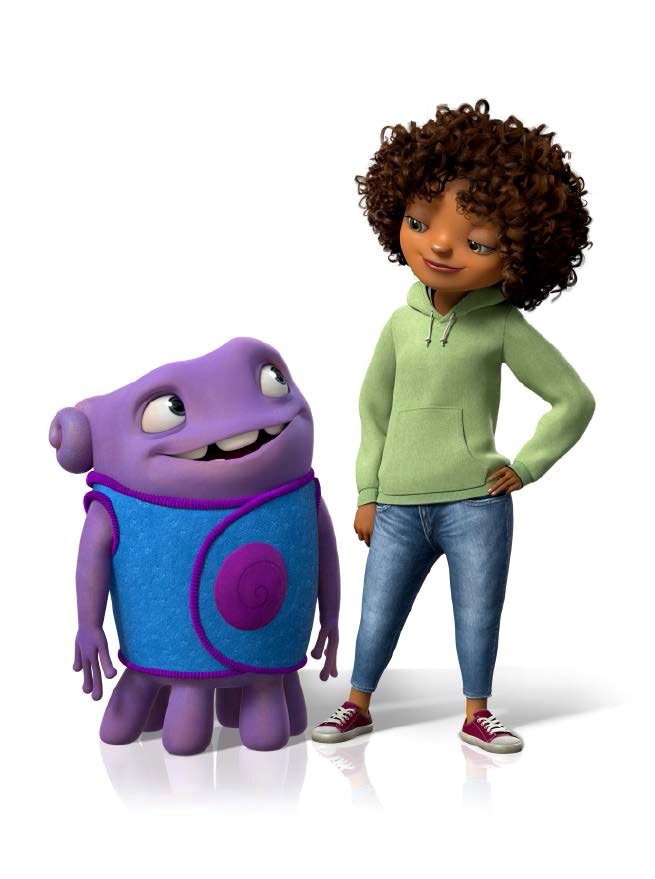 Tim here. It's not often that we come upon a movie which could be even semi-plausibly described as holding the fate of a studio in its hands, but next week we'll have just such a release, as DreamWorks Animation release its 28th feature (31 if you count their collaborations with Aardman), the sci-fi comedy Home. This comes at a perilous time for Dreamworks: after two and a half years of underperformers and outright flops, the company has been forced to slash its staff, write-off costly upcoming projects, and shutter the PDI DreamWorks studio, one of its main production hubs.
Tim here. It's not often that we come upon a movie which could be even semi-plausibly described as holding the fate of a studio in its hands, but next week we'll have just such a release, as DreamWorks Animation release its 28th feature (31 if you count their collaborations with Aardman), the sci-fi comedy Home. This comes at a perilous time for Dreamworks: after two and a half years of underperformers and outright flops, the company has been forced to slash its staff, write-off costly upcoming projects, and shutter the PDI DreamWorks studio, one of its main production hubs.
What brings a formerly prosperous studio, the biggest name in animation for a little while, just a decade ago, to such a precarious state? This week and next, we're going to try to answer that question with a little history of DreamWorks Animation, its greatest successes and its most sobering failures.
The company began when Steven Spielberg, newly-ousted Disney executive Jeffrey Katzenberg, and David Geffen joined forces in 1994 to form DreamWorks SKG, an ambitious attempt to create a major movie studio right out of the gate. Katzenberg had been instrumental in overseeing the Disney Renaissance, which had just seen its biggest success in the form of The Lion King, and with animation riding high at the box office, it made sense for this new Hollywood megaforce to have a cartoon studio all its own. With Spielberg's Amblimation and the newly-acquired PDI forming the spine of DreamWorks's 2-D and CGI animation divisions, respectively, the company immediately threw itself into competing directly with Disney.
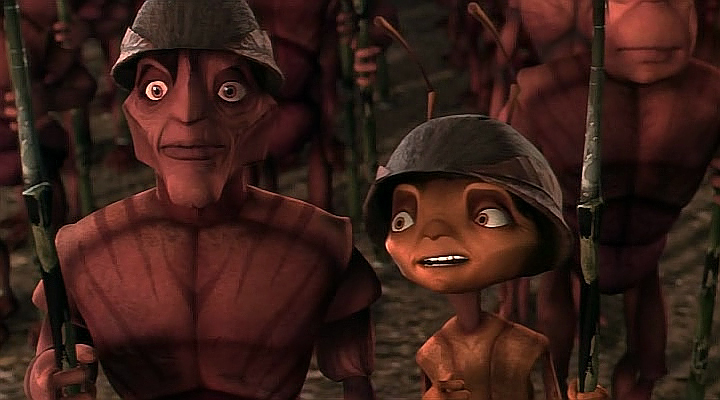
Directly with Disney.
The very first DWA production to be released was the CGI film Antz, rushed through production to compete head-to-head with the Disney-distributed Pixar film A Bug's Life (a longstanding rumor holds that Katzenberg had heard the Bug's Life pitch as one of his last official acts as Disney executive). And the second was The Prince of Egypt, an ambitious Broadway-style musical recounting one of the great traditional stories, the life of Moses. Neither film was a runaway blockbuster – by the time they were released in the autumn of 1998, the market for animated features had softened somewhat – but they both turned a profit and met with critical approval, and immediately proved that, for the first time since Spielberg had tried to nurture ex-Disney director Don Bluth to prominence in the mid-'80s, Disney had a real competitor.
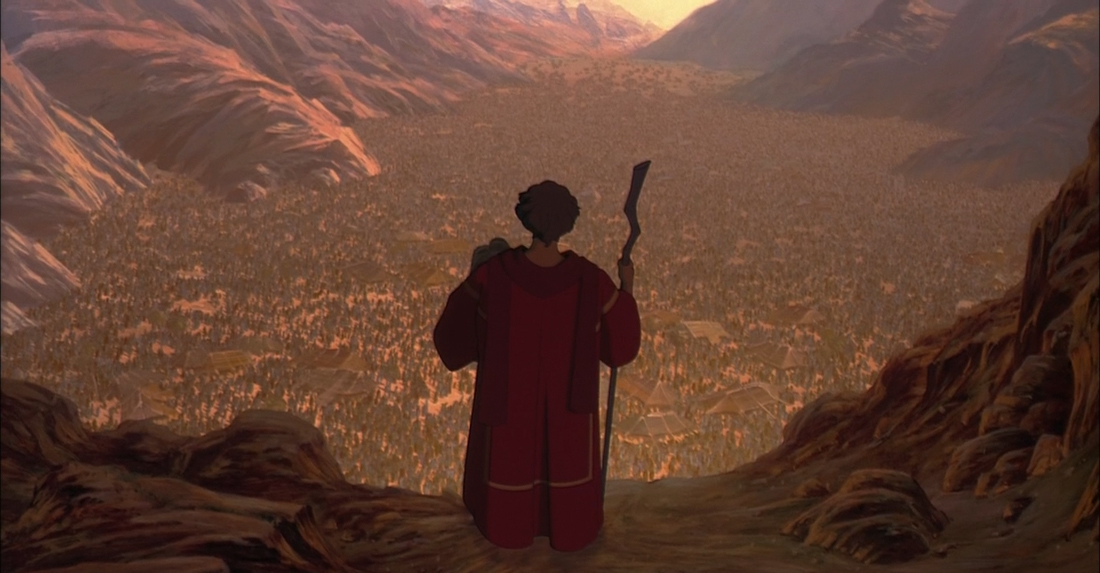
For the first handful of years of its existence, DWA offered up a diverse slate of titles that nevertheless hewed to a basic pattern: their 2-D films were generally old-fashioned adventure tales on the classic animated model (they never again made a musical, though), and they didn't really make much money: 2000's The Road to El Dorado and 2003's Sinbad: Legend of the Seven Seas remain the two lowest-grossing films in the studio's history, even adjusted for inflation. Their collaborations with Aardman, which began with 2000's Chicken Run, were genial, goofy comedies. And their CGI films... those were outright juggernauts.
The second PDI/DreamWorks CGI feature came out in 2001: Shrek. It was a massive hit, by animation standards, and more than doubled the take of any individual DWA production before it. Superficially, it copied the basic idea behind Antz: rely on anachronistic humor and modern attitude, and build itself around an A-list celebrity cast. But whereas Antz merely tried to knock the wind out of Pixar, Shrek strode right up to Katzenberg's old bosses and took Disney on directly. The film is a parody of that company's wholesome veneer, gleefully mocking its theme parks and reliance on fairy tale morality, and people loved it. It was the third highest-grossing film of 2001, and won the very first Academy Award for Best Animated Feature, beating out Pixar's Monsters, Inc. (and Nickelodeon's Jimmy Neutron: Boy Genius, which absolutely nobody cares about).
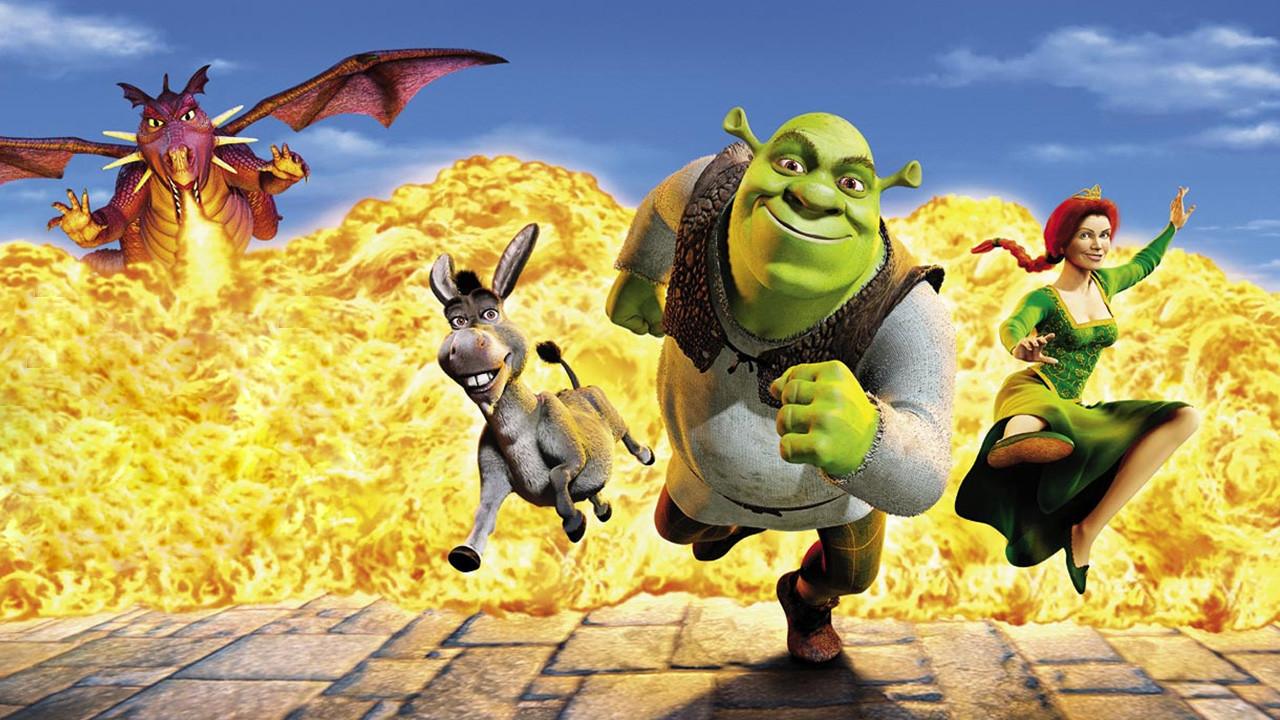
It also completely re-defined the marketplace for animation in the United States. CGI, once the exclusive province of Pixar, had overnight positioned itself as the medium for theatrical animation, and Disney's traditional features began to seem utterly quaint. As indeed did DreamWorks's: 2002's Spirit: Stallion of the Cimarron and Sinbad were slid into theaters with limited fanfare and poor box office (though the former wrangled an Oscar nod), while the studio set itself to making a Shrek sequel and using that basic formula for its other new productions. Within a year, DreamWorks was no longer a Disney imitator: now it had imitators of its own, like Blue Sky and its new Ice Age.
The company reached its height in 2004. In the summer of that year, they released Shrek 2, an absolute monster at the box office. It remains the highest-grossing animated film in the U.S., and has only been passed worldwide five times – two of those, The Lion King and Finding Nemo, only thanks to re-releases. Coming out just months after Disney gave up the ghost and closed their traditional animated division, it represents the single film with which computer animation declared its victory, and it cemented "computer animation" as a genre, rather than a medium – one in which slumming celebrities would toss out sitcom quips and have dance parties. This was the exact model that DWA's other 2004 release, Shark Tale, would follow, and while it was hardly as big a hit, commercially or critically, the studio's prominence was enough that both of their releases were Oscar nominees in a year where Best Animated Feature only had room for three nominees total (the third, Pixar's The Incredibles, won the award).
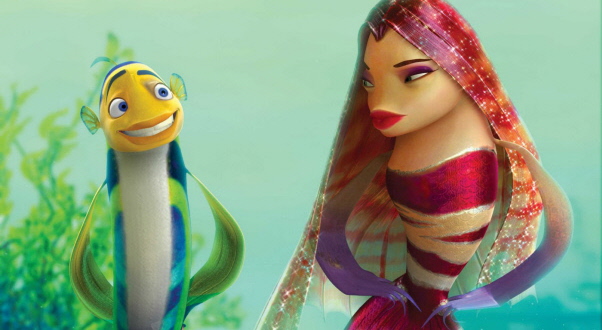
The success of 2004 was enough to justify separating DreamWorks Animation from the increasingly sluggish DreamWorks SKG, and they have been independent companies since October of that year.
The next several years were an almost uninterrupted series of triumphs. 2005 saw the birth of DreamWorks's second franchise, with Madagascar; 2007's Shrek the Third netted the studio its second film to break $300 million in the U.S. and third to pass $500 million worldwide. It was broadly disliked; but with that kind of money, the studio could hardly be expected to care. Other films were merely hits, not smashes: the nicest thing we could say for 2006's Over the Hedge is that it didn't embarrass the studio, and even that's a bit generous for 2007's odd, Jerry Seinfeld-led imbroglio Bee Movie.
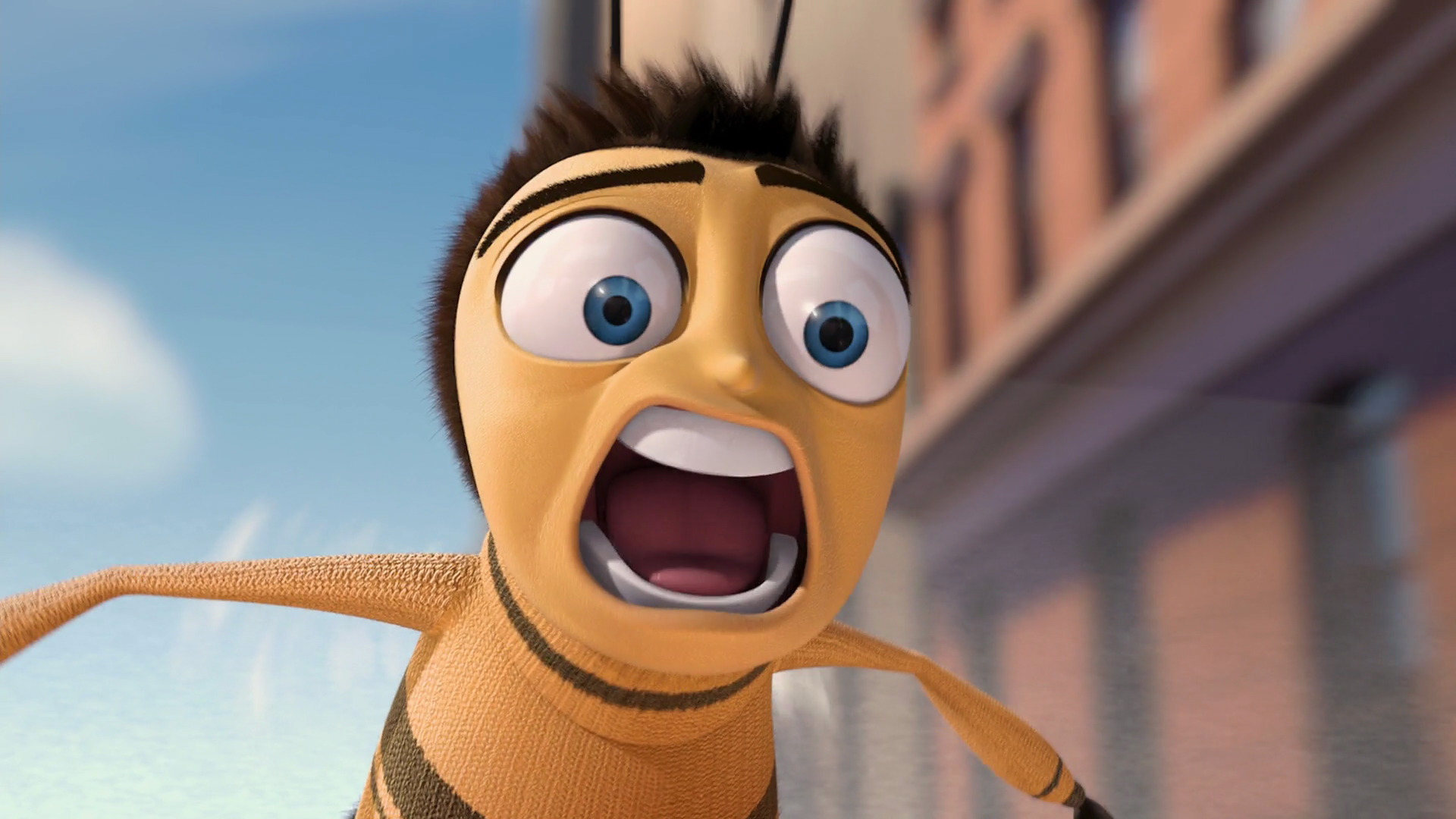
Meanwhile, the sharp underperformance of the second and third Aardman features distributed by DreamWorks, Wallace & Gromit in The Curse of the Were-Rabbit and Flushed Away (the latter made in CGI, allegedly at Katzenberg's insistence) led to a premature dissolution of their partnership.
But 2008 quickly wiped away any hint of problems: that summer's Kung Fu Panda managed to launch a third franchise while winning the studio its best reviews since Shrek 2, and re-legitimizing their story model – it's basically nothing but "Jack Black is himself, but as a panda" – while the fall's Madagascar: Escape 2 Africa outperformed the original worldwide.
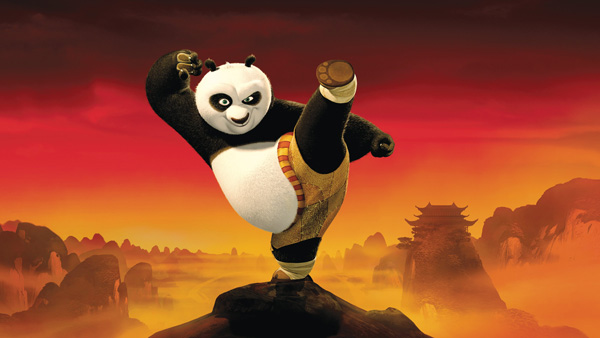
After five straight years of releasing two films a year, 2009 was a bit light: only one DreamWorks film came out, and in the off-blockbuster spring season, at that. But Monsters vs. Aliens was a hit anyway, just barely failing to become the studio's fifth $200 million in the States, mostly on the strength of what Katzenberg had promised would be its exciting, groundbreaking use of 3-D, back when that technology was still exciting and new (Avatar came out nine months later). And that light slate was merely foreshadowing the unprecedented achievement DreamWorks would have in the following year, where they proved their dominance over the animation marketplace like never before, and managed to seal their doom in the process.
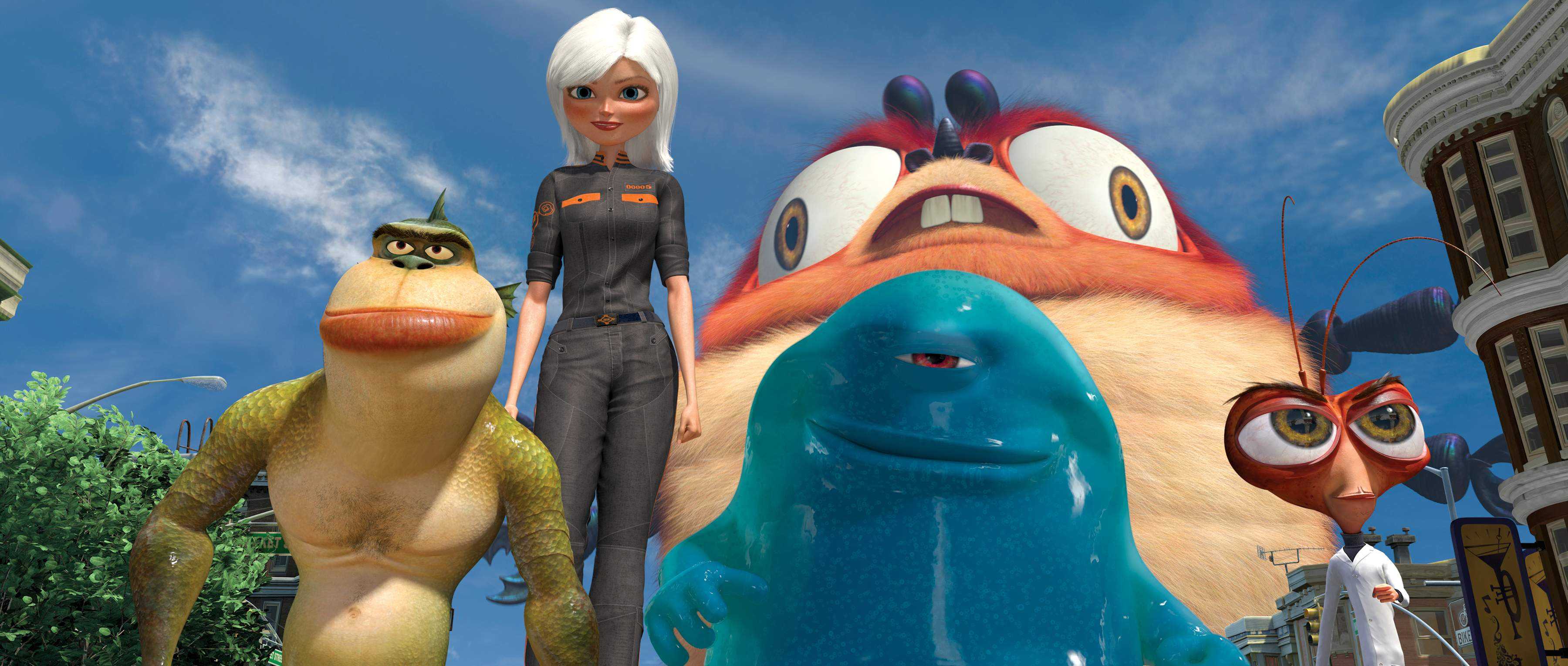
continue to Part 2: The Fall...